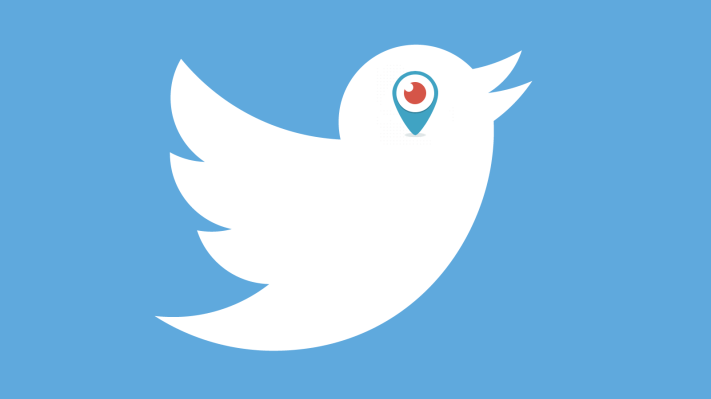I’m not sure about you, but most of my friends in real life — aka people I didn’t meet through the Internet or work — don’t actually use Twitter. (I sense that I’m not alone here.) It makes sense, therefore, that Periscope — the super-shiny-newfangled-live-streaming-service that Twitter bought and is pushing hard right now, has decoupled from its parent and can now be used by those who do not have a Twitter account.
Periscope’s latest update lets new joiners sign up using only their phone number, although the company “recommends” associating a Twitter account because that helps populate a user’s network.
The app’s latest update — which includes a number of other tweaks, such as the ability to change your profile photo independent of Twitter, replying to comments, more robust blocking, and more — may seem minor, but actually this could be significant.
Those of us who use Twitter love it dearly, but the fact is that it isn’t Facebook. It’s hard to see it ever hitting more than 1 billion active users like Mark Zuckerberg’s social network — under this current regime, at least. Depending on what you read, live-streaming may be the next big thing in online media (or not) but tying Periscope to Twitter sets a limit on its potential growth. Thanks to today’s change, my mum, dad, brothers and basically every one of my friends from outside of tech could get involved.
Cynics may feel this move is bad for Twitter since tethering its service to Meerkat could raise engagement and sign-ups — an area where Twitter has long struggled to hit expectation. But actually this is a far smarter approach.
Offering Twitter integration as an option is more likely to attract users who will actually use the microblogging service because they see its benefits. That’s versus forcing them to sign up — or reactive their account — whether they like it or not.
In a nutshell, doing something because you choose to is always likely to yield a more positive experience than being forced to.
We may not be talking millions of new Twitter joiners, but Periscope appeals to people in a different way to Twitter, which could help it reach new audiences that actually understand what it is. CEO Dick Costolo has admitted in the past that Twitter is misunderstood.
Twitter’s move to give Periscope greater independence is interesting because it comes less than a week after Meerkat, one of its main rivals in the live-streaming space, introduced an API to expand its network. Meerkat, which was infamously given two hours of notice before Twitter cut access to its social network, has also added support for Facebook over the past week.
It is early days and these apps have only been available for a couple of months, but it feels like they are only being used (and hyped up) by the tech industry and not your average consumer. Both sides are making their moves to enable more mainstream adoption, so there’ll soon be more ammunition for both believers and non-believers to mount their arguments about the future of live-streaming media.
